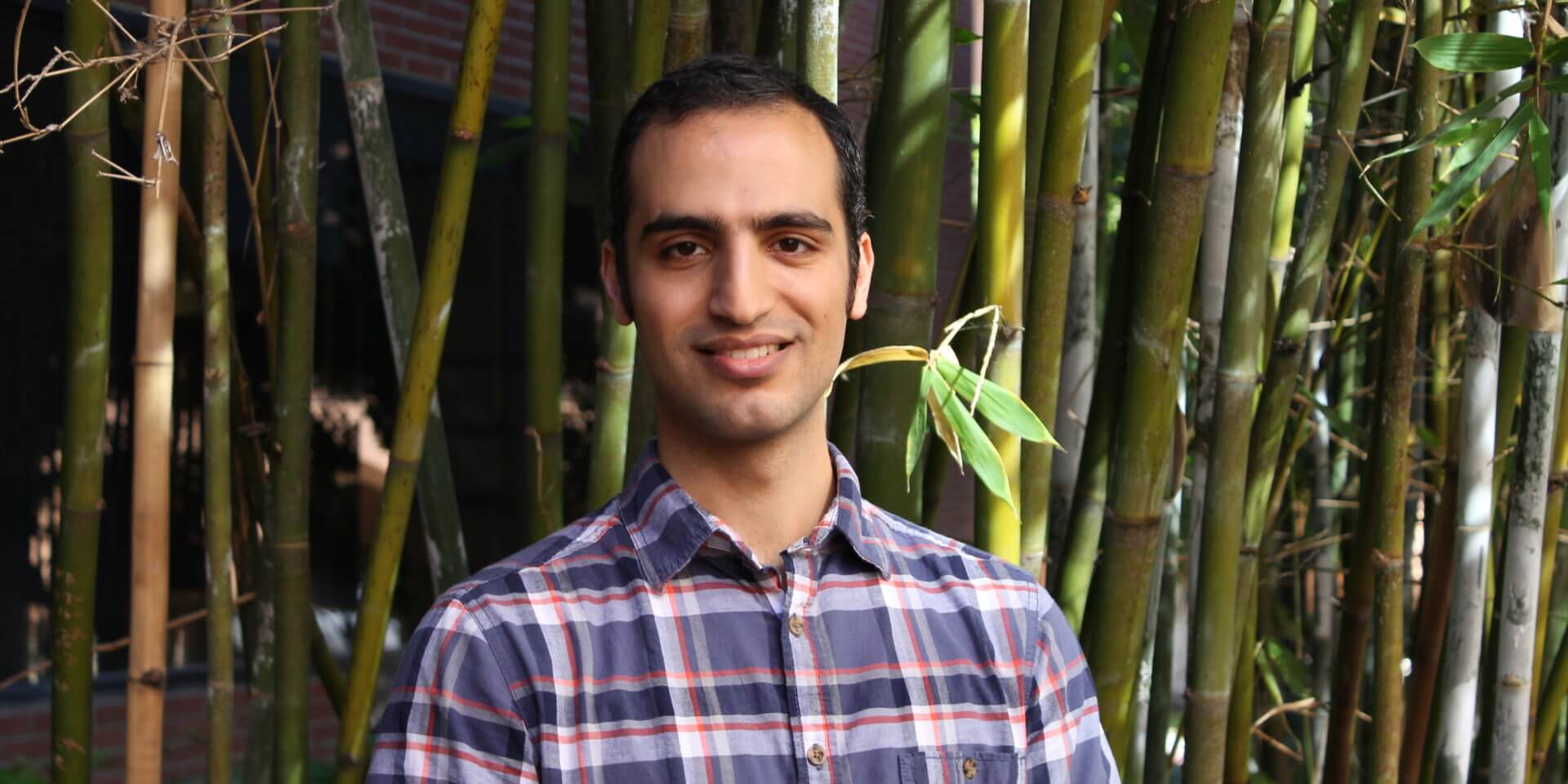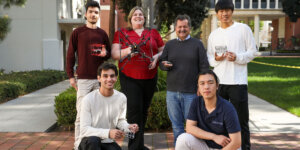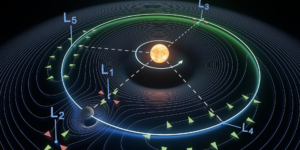
Sani will stay on at USC Viterbi as a post-doctoral researcher in professor Maryam Shanechi’s lab (PHOTO CREDIT: USC VITERBI)
When Omid Sani joined the USC Viterbi School of Engineering as a Ph.D. student in 2015, he knew he wanted to combine his background in biomedical and electrical engineering in new ways.
This interdisciplinary interest led him to the Neural Systems Engineering and Information Processing Lab (NSEIP) and its accomplished young leader, Maryam Shanechi, the Andrew and Erna Viterbi Early Career Chair and associate professor in electrical and computer engineering.
Now, nearly six years later, he has been awarded the William F. Ballhaus Jr. Prize for Excellence in Graduate Engineering Research – given annually to the USC Viterbi Ph.D. student considered to have the best dissertation.
Sani’s research has allowed us to better understand how mood is represented in the brain. No small feat considering that the brain has been called “the most complicated object in the known universe” and emotions are some of the most complex and least-understood aspect of human consciousness. His dissertation, “Modeling and Control of Behaviorally Relevant Brain States,” represents a major step forward in how we understand and treat a whole host of neurological and mood disorders such as depression and anxiety.
“I am very proud of Omid’s amazing accomplishments at USC. His work has been key in our development of brain-machine interfaces with the potential to transform therapies for refractory neurological and neuropsychiatric disorders for tens of millions of patients,” said Shanechi.
One of the challenges researchers have faced in this field is how to find the right information in the midst of complex signals that billions of neurons in the brain constantly produce. These signals are related to all the things that the brain does, including thoughts, emotions, senses, memory, moving the body, and much more. It’s akin to looking for a needle in a haystack – in the middle of a tornado. The algorithms Sani has developed have made it possible for us to find the right signal and track it in real-time as it changes along with the patient’s emotional state.
Sani highlights two main pillars to his research. The first is developing methods to decode mental states from brain signals. “We developed a custom machine learning method that allowed us for the first time to describe how mood variations are represented in an individual’s brain signals,” said Sani. “This is a key step toward enabling novel personalized electrical stimulation treatments for depression.” He tackled this challenge by designing a method that finds the regions of the brain in an individual that are most informative about their self-reported mood and models the brain activity within those regions.
But, as anyone who conducts research knows, solving one problem often leads to another. “While developing our custom machine learning method for decoding mood, I noticed an unmet need in neuroscience and neural engineering: the need for a general algorithm for modeling the dynamics of brain signals in a way that reveals their information about a specific brain function among all other functions that the brain is engaged in,” said Sani. So, developing a novel method that does exactly that became the next major part of Sani’s dissertation.
The work done by Sani, Shanechi, and the other NSEIP researchers has been garnering a lot of attention. The Shanechi lab recently won a $3 million grant from the National Institute of Health that will allow them to start testing their technology for decoding mood with human patients in greater details. “This grant will significantly advance the mood decoding work and further model the effect of electrical stimulation on mood symptoms in depression to alleviate them. This can lead to new brain-machine interfaces that provide personalized stimulation therapy to treat patients with refractory neuropsychiatric conditions.” As part of that effort, Sani is staying on as a postdoctoral researcher with Shanechi, who he credits with helping him achieve so much.
“Aside from her amazing research, Maryam has been an amazingly supportive advisor. I’ve learned so much from her, not just about engineering and research but also about work ethic in general,” said Sani.
While Sani will remain at USC Viterbi for a while longer, he’s still grateful for the role the school as a whole has played in his development as a researcher and a person. “I could not have achieved what I did without the amazing community at USC Viterbi,” he said. “So much of what I did was enabled by the kind and supportive faculty and staff and the resources that I had access to. Being a member of the Trojan family is something that will always stay with me.”
Published on May 20th, 2021
Last updated on May 16th, 2024













